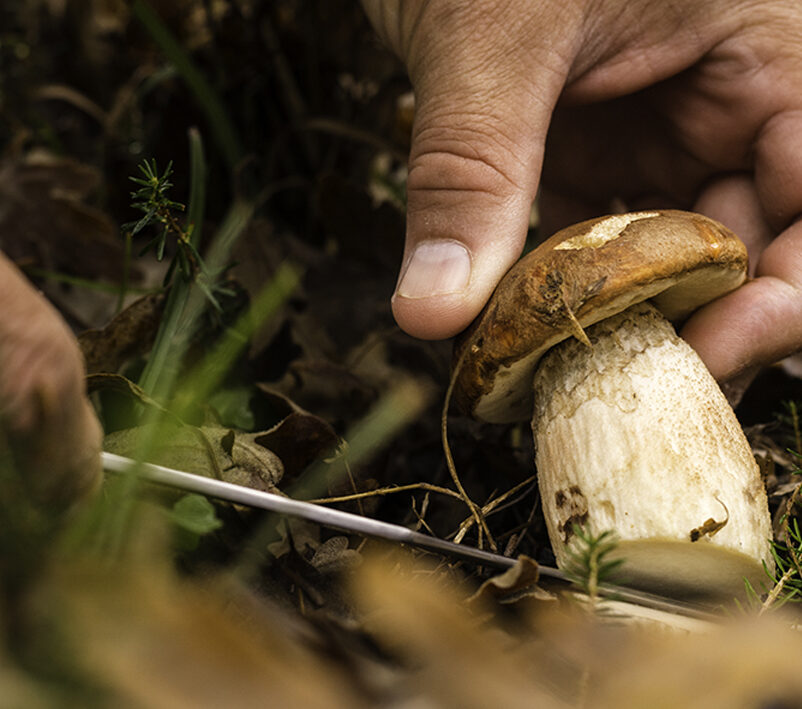A new study on the abundance and richness of fungi showcases the fungal community in mountain pine forests sensitive to climate change
The forests of mountain pine (Pinus uncinata) represent a habitat of great importance in the Mediterranean since they are only found in specific areas in western Europe and, moreover, they are located in the highest part of the mountains, forming the tree line. The global rise in temperatures brought about by climate change could affect these habitats, causing their regression.
To quantify the annual production and abundance of the fungal community present in black pine forests, so far insufficiently studied, researchers from the Forest Science and Technology Center of Catalonia (CTFC) have collaborated with the University of Lleida and the CTFC-AGROTECNIO-CERCA mixed research unit. Thus, the researchers carried out censuses to find out the different species present as well as their abundance in the black pine forests of Meranges (Girona) between 2015 and 2019.
The results of the study, published in the scientific journal Forest Ecology and Management, show that these forests are more productive than other forests located at lower latitudes, such as Scots pine forests, while host a comparable number of fungal species. The authors also determined that the specific weather conditions of this habitat influence the production and richness of the mushroom communities found there: milder summer temperatures combined with rainfall lead to production peaks in late summer, one month earlier than expected in other habitats.
The team also analyzed which of the species found are on the Red List of threatened species, created by the International Union for Conservation of Nature and Natural Resources. In total, 17 species on the list were found, of which one is considered vulnerable, Entoloma porphyrophaeum.
The results of this study allow researchers to have a picture of the abundance and richness of fungi produced in these forests, and thus have a point of reference for future studies. “It is very important to do this type of fungi sampling studies, which should ideally be complemented with mycelial sampling to learn what is happening above and below the ground, and to understand the importance of meteorological variables in the production and richness of the species,” explains Ángel Ponce, Ph.D. student at the UdL and the JRU CTFC-AGROTECNIO-CERCA, and lead author of the study.
The authors also highlight the need for cooperation among Mediterranean countries to have large-scale data and understand the state of the fungal community and be able to follow it up over time.
Further information:
Ponce, A.; G. Alday, J.; Bonet, J.A.; Martínez de Aragón, J.; de-Miguel,
S. Fungal sporocarp productivity and diversity shaped by weather conditions in Pinus uncinata stands. Forest Ecology and Management, 545 (2023). https://doi.org/10.1016/j.foreco.2023.121256
Last modified: 20 July 2023










